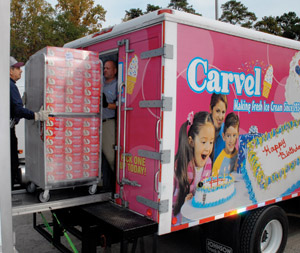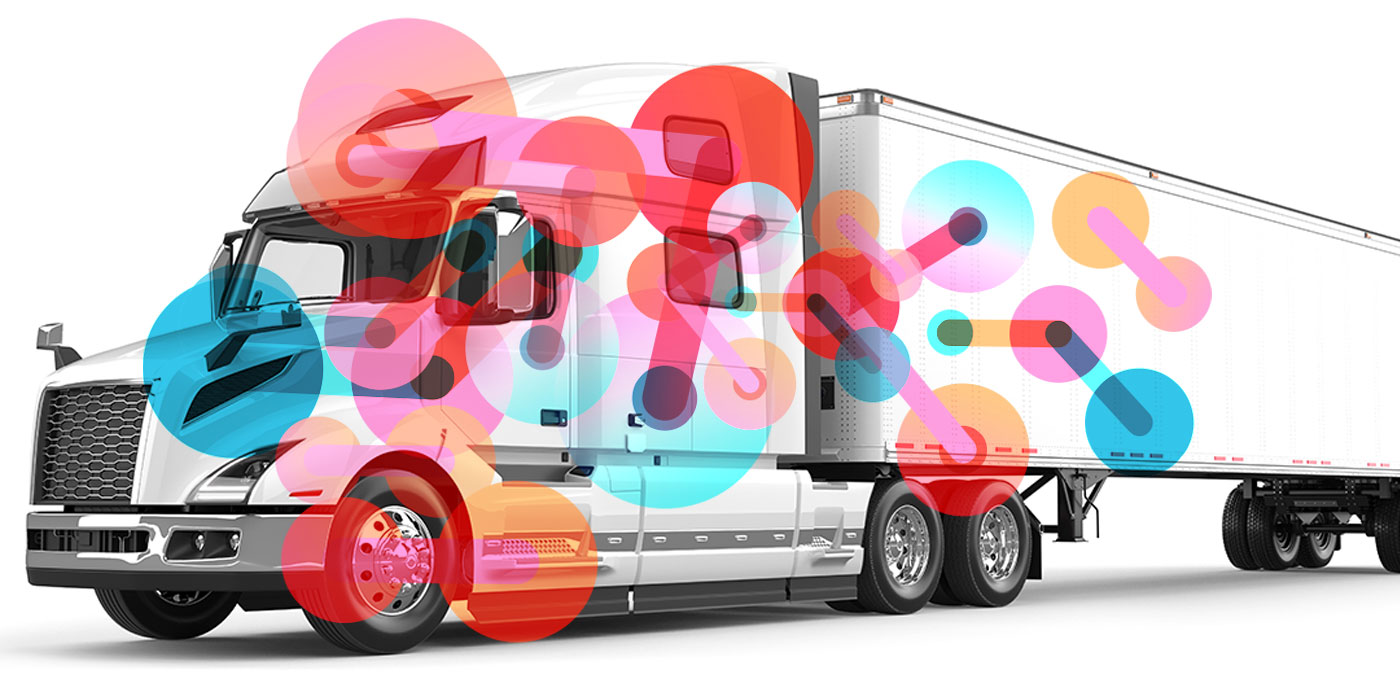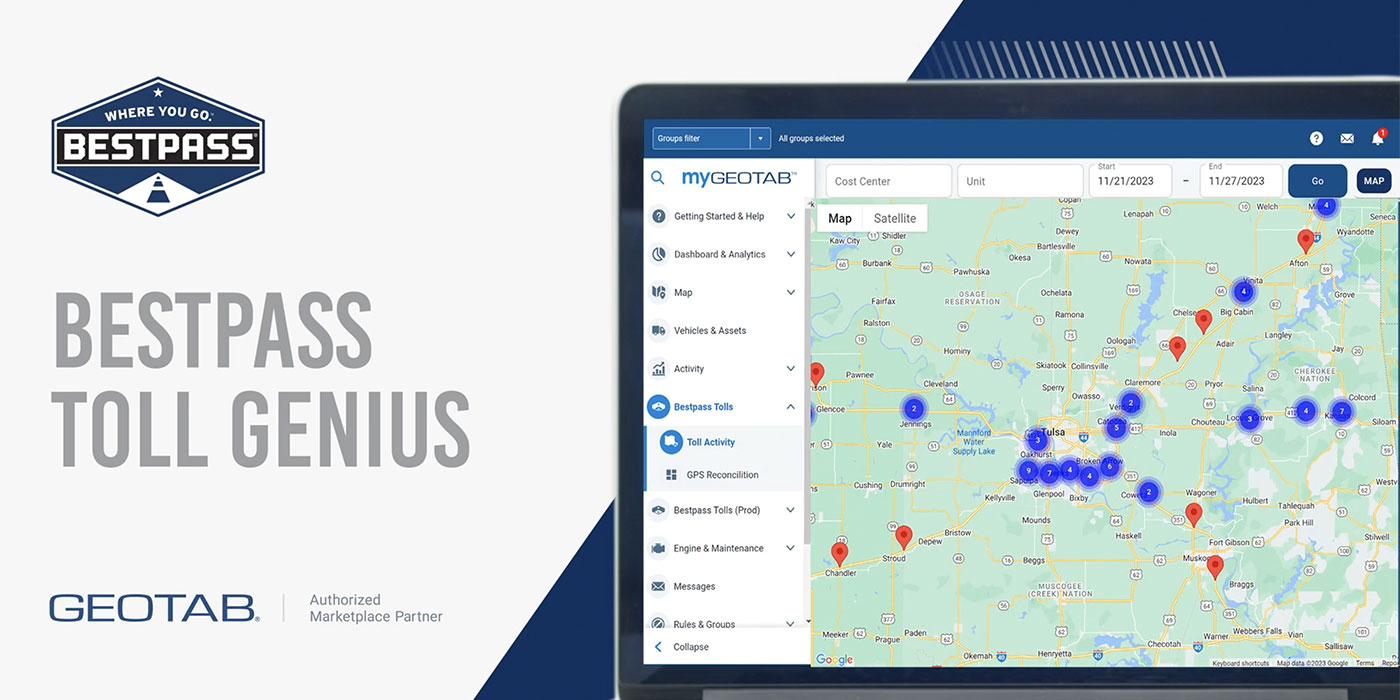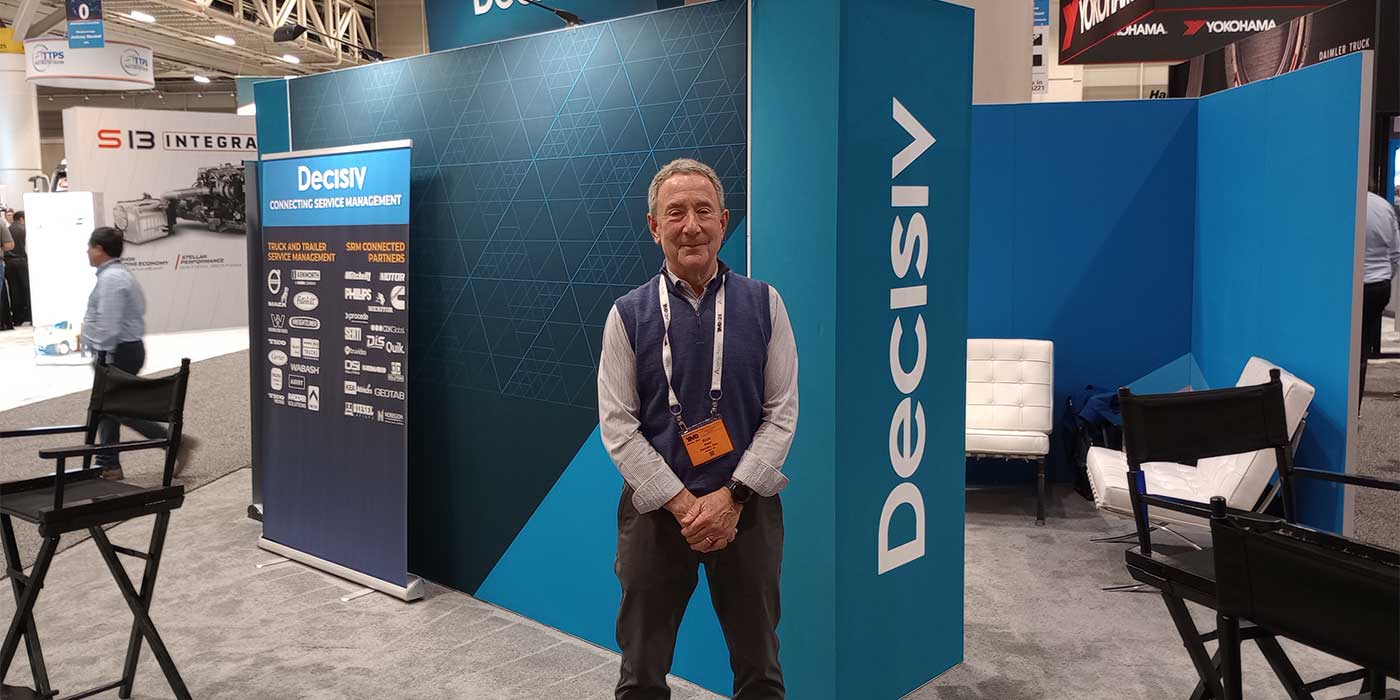With the current tough economy, fleet owners and managers are boring down into every aspect of the fleet management process to make sure they are keeping their fleets safe and profitable, whether it’s equipment selection and acquisition, maintenance, or capital equipment tax considerations. This is an opportune time to compare the cost of ownership—including management time spent dealing with fleet maintenance, legalization, record keeping, etc.—with the alternative, full-service leasing.

Financing problems
According to Gene Scoggins, president of NationaLease, “The conundrum of whether to lease vs. own has been facing business owners for as long as the leasing concept has been around. Full-service combines financing and services offering economies of scale with single-vendor sourcing. The number one reason people are considering leasing today is that it’s an alternative form of financing the equipment they need. With capital being a limited resource, the investment needed for new equipment is huge. In this tight credit market, prospective lessees can turn to full service companies as an alternative to traditional lending sources.”
The leasing entity makes the investment for the equipment, leaving the lessee off the hook if there are market fluctuations affecting the residual value of the equipment as it ages and depreciates. For example, if a tractor costs $85,000 to purchase, and the equipment is set up on the tax books to depreciate over a period of seven years down to a value of $35,000, the owner of the equipment must be able to clear a value of $35,000 off of the tax books by year eight.
Scoggins goes on to say, however, what is happening in today’s market is that there is a surplus of equipment, including a high number of tractors and trailers hitting the market. The once-anticipated higher values have now been negated and are much lower. In the case of a company with fleet ownership, what happens to the bottom line when they try to replace 20 tractors but can only get $20,000 per unit? The fact is the company owner will take a book loss when the equipment is sold. In the leasing arrangement, those worries are transferred to the lessor as the tax owner of the equipment. In addition, when company owners approach their credit sources for equipment financing, there are still potential limitations: restricting covenants, limited lines of credit, or bumping up against established credit lines. In fact, the on-balance sheet tax treatment for assets purchased through credit may impact a company’s key ratios, resulting in higher rates for future borrowing.
More benefits to the bottom line
Rather than apply working capital to the purchase of vehicles, or tie it up in long-term loans that reduce borrowing reserves, a full-service lease agreement enables customers to put their money to work in programs directly related to the growth and profitability of their core businesses. With a full-service lease co-joined with programmed maintenance, the business owner knows exactly what his or her monthly transportation expenses will be, which is a considerable budgeting and bookkeeping advantage. In an unstable economy, full-service leasing can deliver bottom-line stability.
Complex and constantly changing tax codes can further complicate fleet investment decisions. A truck leasing firm makes it their business to stay on top of tax changes and understand their impact on vehicle replacement and lease vs. buy decisions.
Full-service leasing also protects the lessee from unforeseen equipment failure, breakdowns, and the resulting downtime associated with that. Most agreements include access to replacement vehicles when repairs are needed. And while a monthly payment of $4,000 for the lease of a tractor and trailer may seem high to some small-sized businesses, owners should keep in mind that one single repair bill could far exceed that cost, not including the impact caused by downtime.
“It’s important that business owners who are considering the lease vs. own option determine if the lease of the truck will generate enough revenue and cash to pay for itself,” Scoggins says.
2010 Changes
“In 2010, fleet owners and managers are staring down the barrel of new truck emissions regulations that bring with them a host of new considerations for those business owners thinking about the lease vs. own situation, according to Scoggins. “All new trucks put into service in 2010 are required to meet U.S. EPA emissions standards. While the goal of the new standards is undeniably beneficial for the environment, it does raise questions and concerns for current fleets anticipating the needs for new vehicles, which might lead them to consider a leasing arrangement.”
With a full-service lease or contract maintenance—which covers everything in a full-service lease except the financing and ownership of the equipment—these considerations are included in a turnkey operation. And both enable fleet owners or managers to focus their resources on the firm’s core competency, leaving the transportation business to the professionals.












